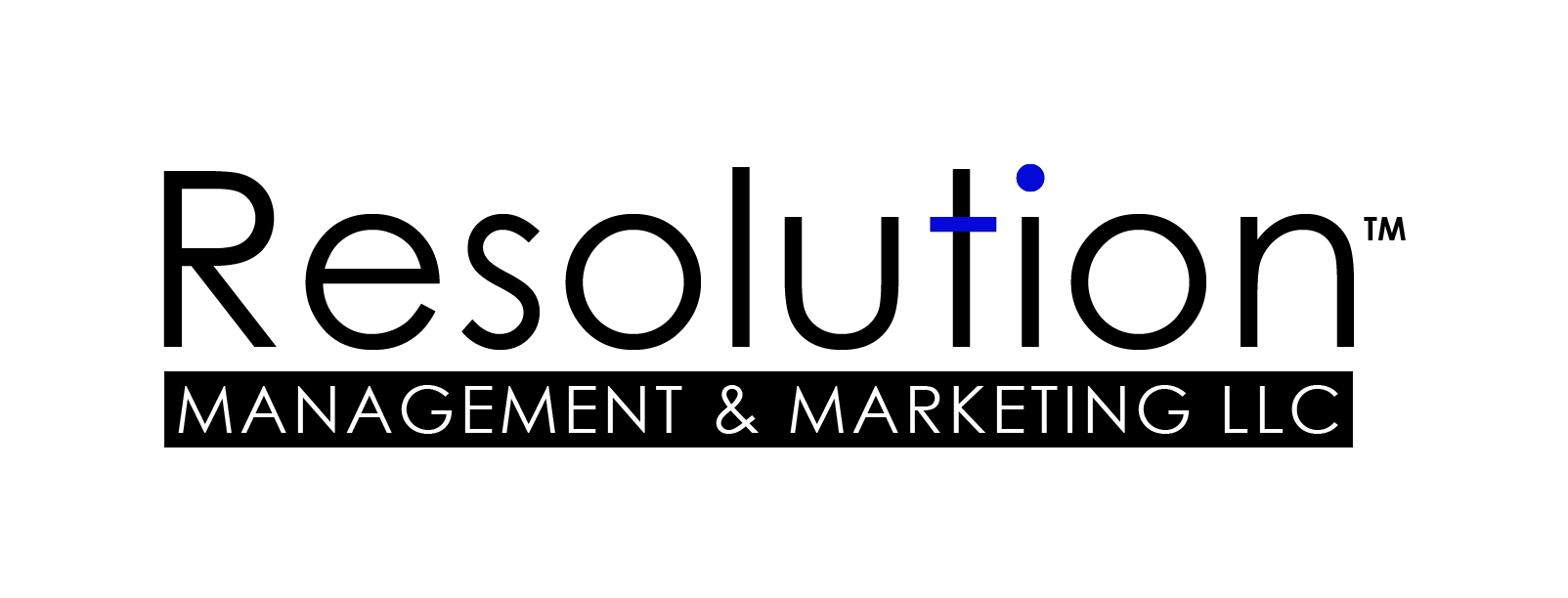
Ranking Your Insurance Priorities
February 4, 2013
Golden Knights are Fighting
January 27, 2018When I audit or evaluate a small business, certainly personnel are the single most critical asset, and I find myself often reverting to the standard school grading scale when discussing staffing with business owners and/or upper management (i.e., A-B-C-D–F).
What I have consistently found over the past 25+ years is that who is often the recognized or lauded “face” or “leader” of a company isn’t always necessarily the person truly most responsible for a company’s overall success by various measures or standards. To clarify, what I mean may be construed as a derivative of the cliché that you are only as good as those you surround yourself with. I believe that to be a hard and fast proven concept in both one’s personal and professional lives. So when I work with a client’s company, of course the owner, President and/or other “figurehead” is key; but I am also just as interested in understanding who the other power brokers are, whether designated so on paper or sit more quietly in the background, that comprise the true “engine” that makes a company successful. In the grading parlance, I call those persons the “A” staff. In most small businesses, say with total employees of 50-100, that may only amount to a half-dozen or so people. But those people are typically in key positions of influence, and not only have a substantial impact on the company’s success or failure by their own contributions, but also in a broader scale by their influences on rest of staff, including but not limited to effective HR management (i.e., hiring, personnel development and when necessary, terminations).
“A” staff tend to exhibit some common traits, including but not limited to: excellent common sense, intelligence, independent thinking and decision-making ability, a willingness to take calculated risks, accountability, strong work ethic, positive values and loyalty. That last factor is key, however, and often represents one of the biggest challenges for small business owners. Because like most assets, you get what you pay for. And “A” staff typically have 3 common expectations: growth and upward mobility opportunities, recognition commensurate with their contributions, and compensation commensurate with their impact on the business. But I’ve seen way too many business owners contradict themselves by readily admitting the high value of their “A” staff, only to then fall into the trap of shorting that key employee (and ultimately ironically, themselves and their business) in one or more of those categories. By way of examples, it can be the owner who gives preference to his very average son-in-law employee over a much more qualified/accomplished non-family manager, or walking over the dollars the “A” staffer generates to save pennies in pay/benefits, or even simply failing to periodically acknowledge that valuable employee or contractor’s contributions in a meaningful way.
But the fact is that in most any business, from small, privately held to the Fortune 500, those “A” persons represent the smallest percentage of your staff, yet conversely the largest factor in success or failure of your business. Yet by their very nature, “A” staffers can also often be the most challenging to retain because with higher performance, comes higher expectations. If an “A” employee becomes frustrated with either their own situation within the company, and/or the company’s performance overall, they will be the first ones to leave; whereas the average and below average staff will be the last ones to leave, and typically never do (i.e., only leave when terminated). Another analogy I’ve used often is “Give yourself and me an equal $500k payroll budget – I focus on hiring A and then B staff, but they are more costly an investment so I may have 6 employees, while you take the same $500k and buy 12 employees (i.e., quantity over quality); the half-dozen best people will outperform the larger, but less capable group in virtually every scenario, and by a wide margin.
The way I summarize HR and staffing for a client simply is as follows: find and focus on retaining your “A” staff as a priority, empower them with the latitude and resources to hire/train/develop a good, solid employee base, and they will also help avoid hiring and/or retaining the poor employees who contribute little to nothing material to the company’s success but rather failure.
So the “A” staff is key, and then they focus on stocking the company with as many “B” employees as possible – good, solid and reliable employees, some who may even be able to develop into “A” but unlikely to stray into the average or sub-par categories, and then inevitably thru the course of typical HR in small business, you will always have some average “C” staff and for certain positions/duties, those work effectively too. And then to finish the analogy, the goal is always to avoid the “D” or “F” employees, who range from bad to terrible and can have all sorts of negative influences on one’s business. In worst case scenarios, I’ve seen “D” or “F” staff literally run off an owner’s best “A” employees if the issues are ignored or not dealt with efficiently.
I find the key with “D” and “F” employees reverts back to the responsibilities of the “A” and “B” staff – identify the poor employees and remove them asap, and then more proactively, minimize or avoid HR mistakes by NOT hiring and investing the company’s resources in bringing “D” or “F” staff on-board in the first place.
When I work with a client and find readily observable “D” or “F” staff, my first questions to the owner or management typically include: “Why are these persons remaining on payroll, who is accountable, and there is obviously some weakness or breakdown within your HR and management processes that allowed them into the company (or to outstay their welcome) in first place?”
In conclusion, I was talking to a client last month and used another analogy when discussing their proposed staff restructuring; if you own a horse racing stable, and you need to makes some changes based on a desire to maintain or grow winnings, but reduce your overhead – you don’t start cutting the feed, stable and veterinary care of your proven thoroughbreds – the horses who you know already make you the most money! Instead, the logical play is to focus on the horses that may cost you 50% less, but generate only 5-10% of the revenue your thoroughbreds earn.




